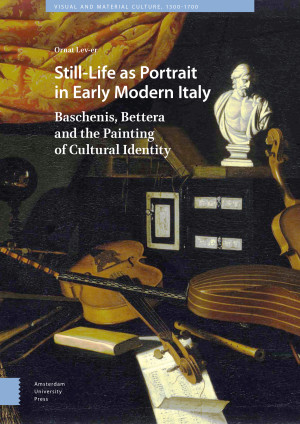Still-Life as Portrait in Early Modern Italy centers on the still-life compositions created by Evaristo Baschenis and Bartolomeo Bettera, two 17th-century painters living and working in the Italian city of Bergamo. This highly original study explores how these paintings form a dynamic network in which artworks, musical instruments, books, and scientific apparatuses constitute links to a dazzling range of figures and sources of knowledge. Putting into circulation a wealth of cultural information and ideas and mapping a complex web of social and intellectual relations, these works paint a portrait of both their creators and their patrons, while enacting a lively debate among humanist thinkers, aristocrats, politicians, and artists. The unique contribution of this groundbreaking study is that it identifies for the first time these intellectually rich concepts that arise from these fascinating still-life paintings, a genre considered as "low". Engaging with literary blockbusters and banned books, theatrical artifice and music, and staging a war among the arts, Baschenis and Bettera capture the latest social intrigues, political rivalries, intellectual challenges, and scientific innovations of their time. In doing so, they structure an unstable economy of social, aesthetic, and political values that questions the notion of absolute truth, while probing the distinctions between life and artifice, meaningless marks and meaningful signs.

